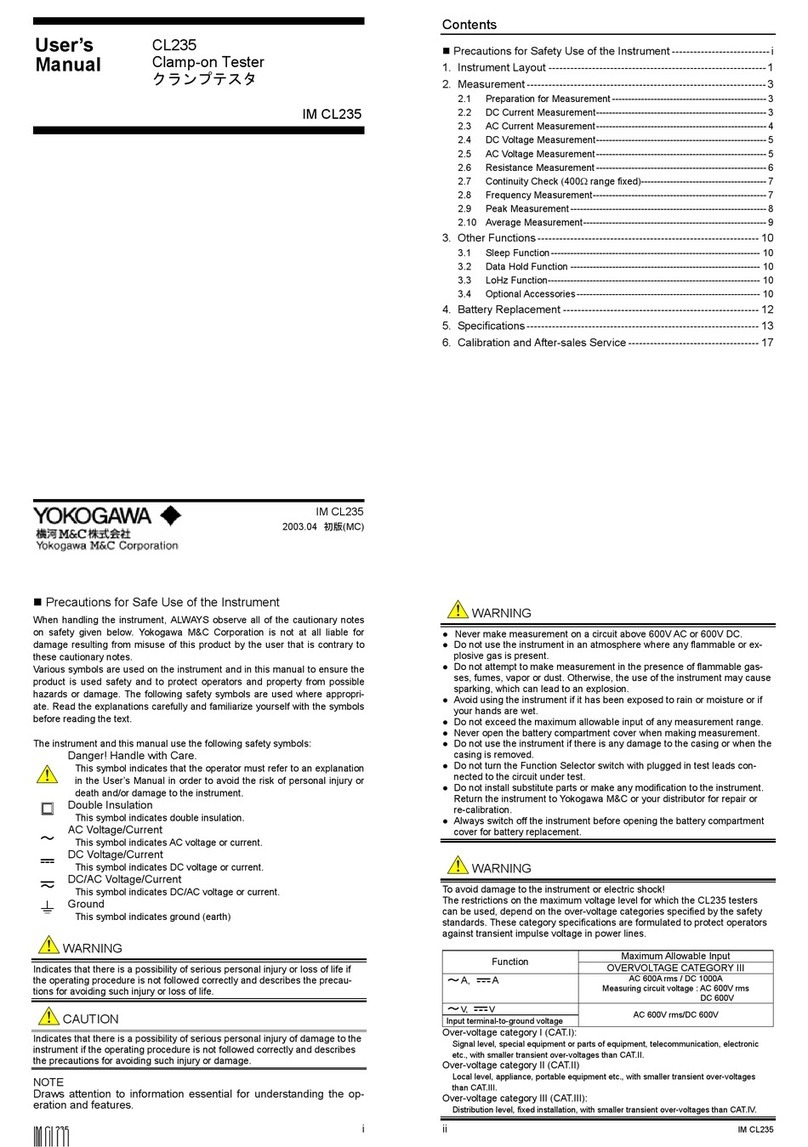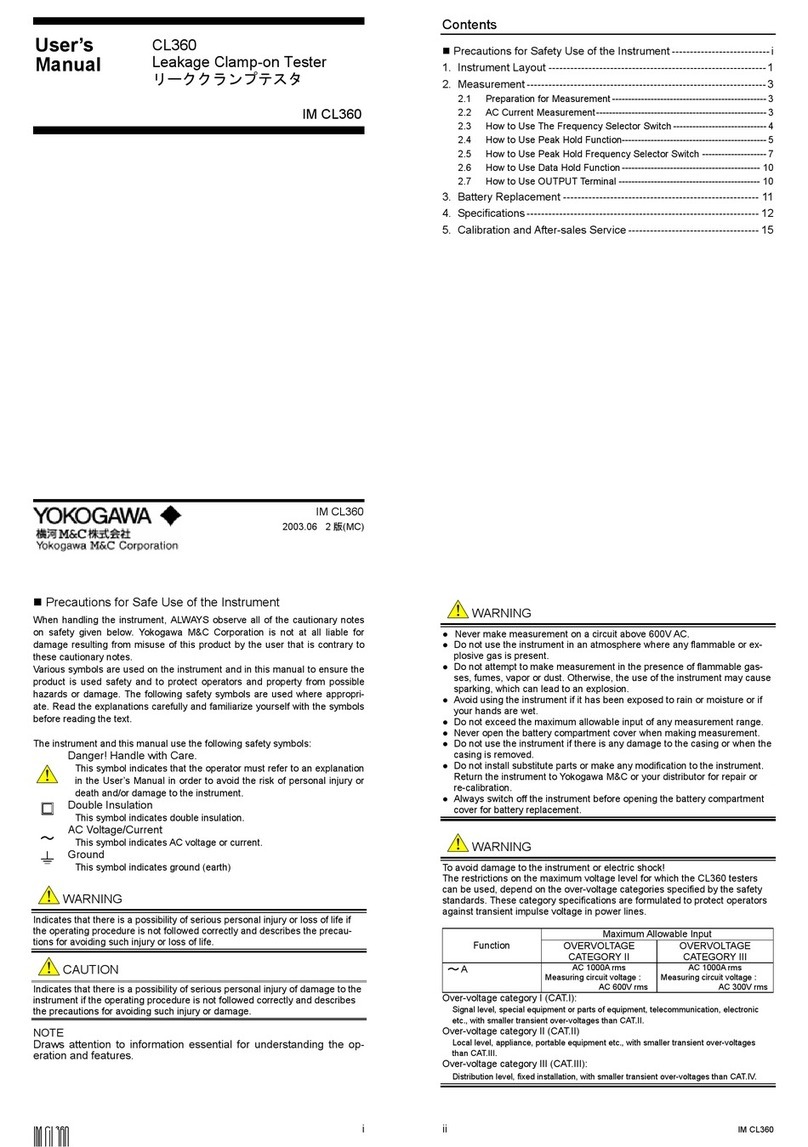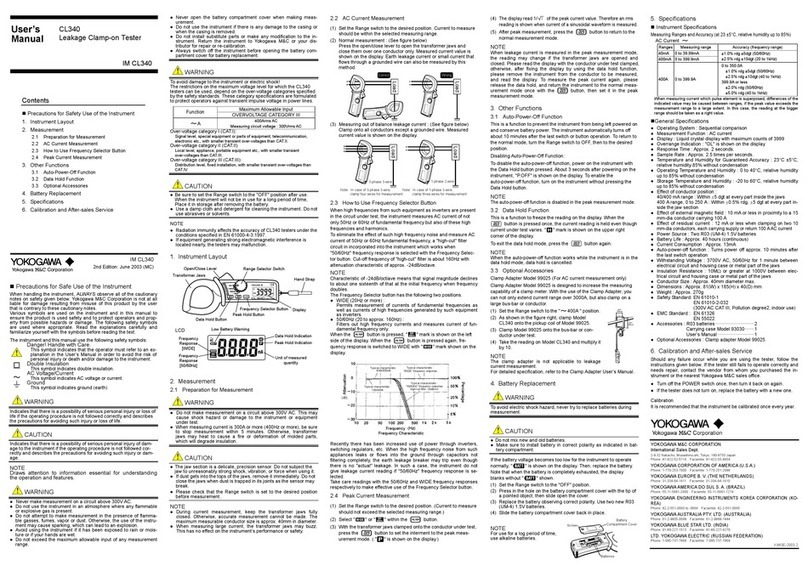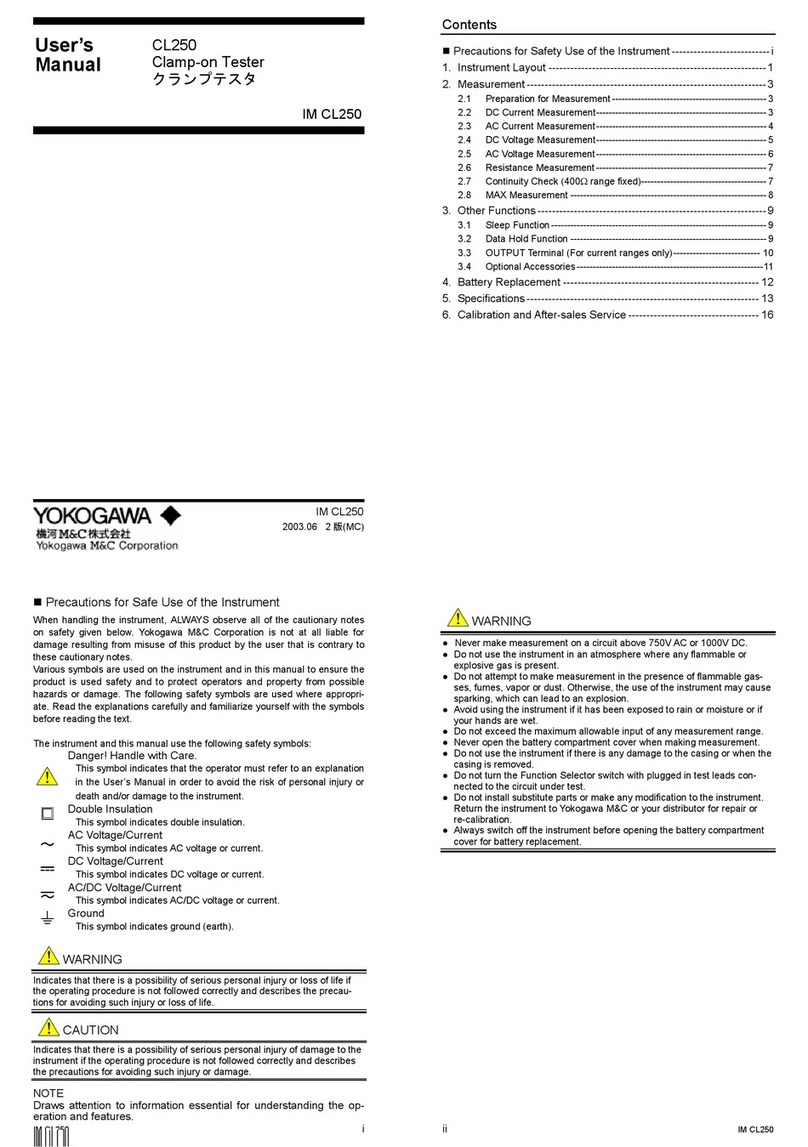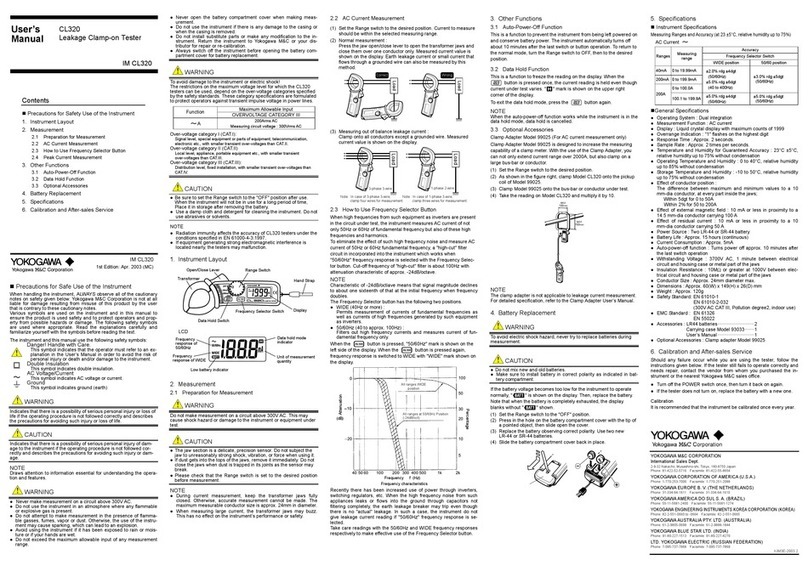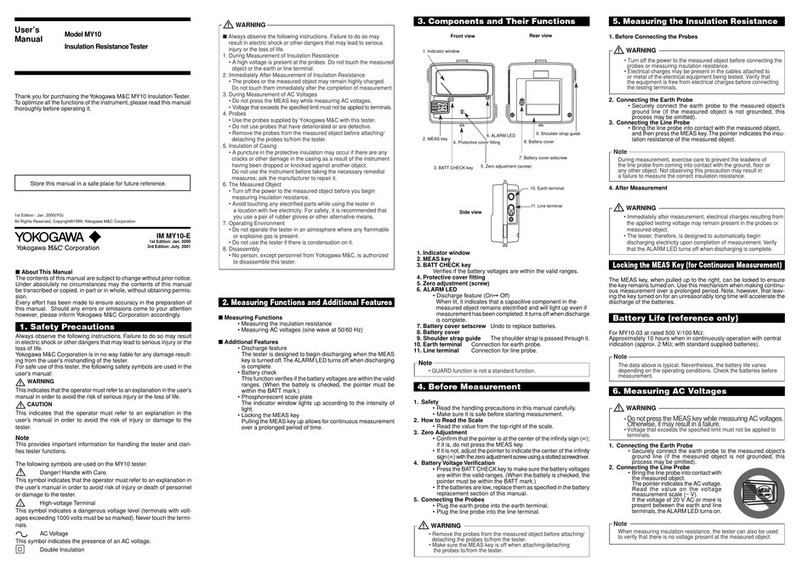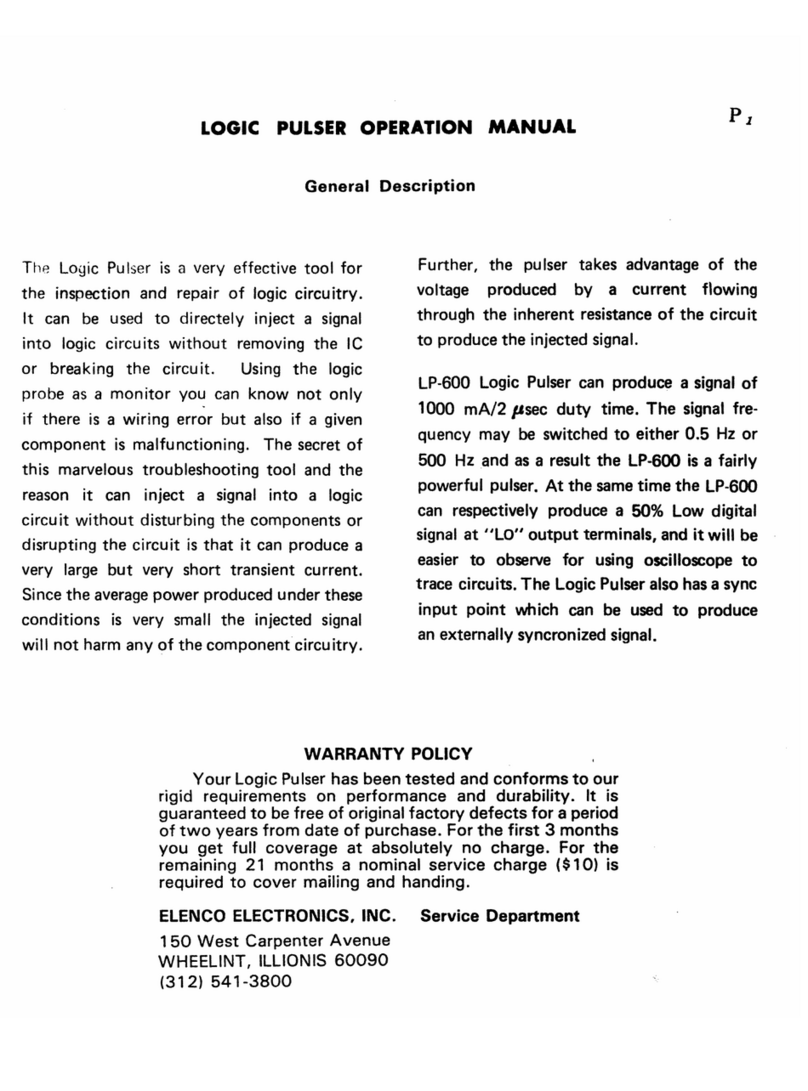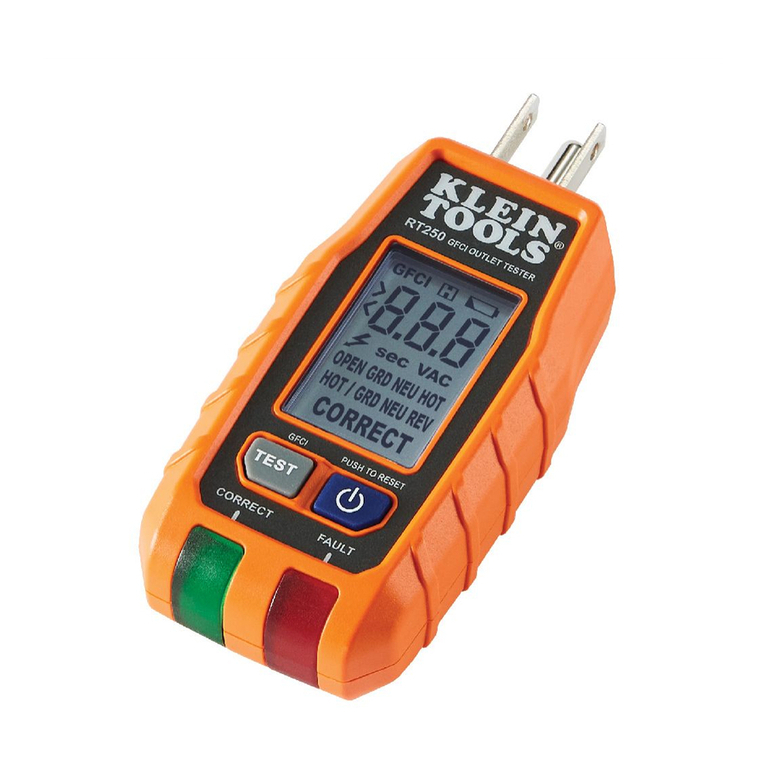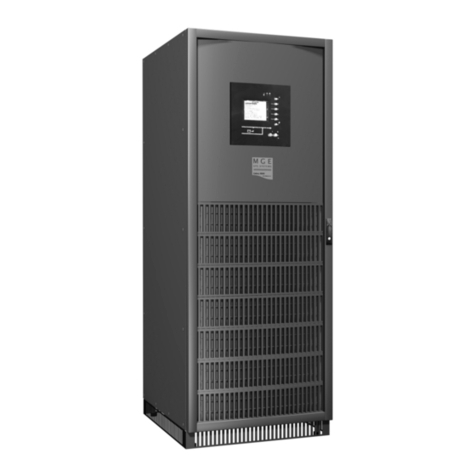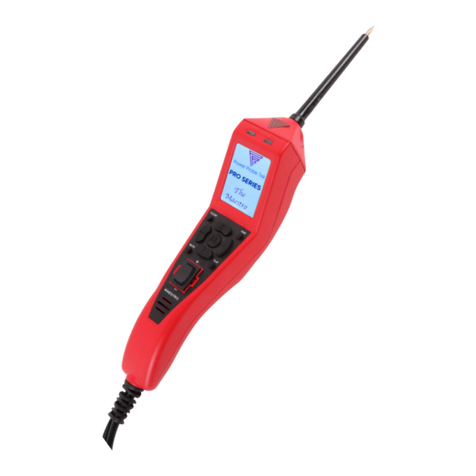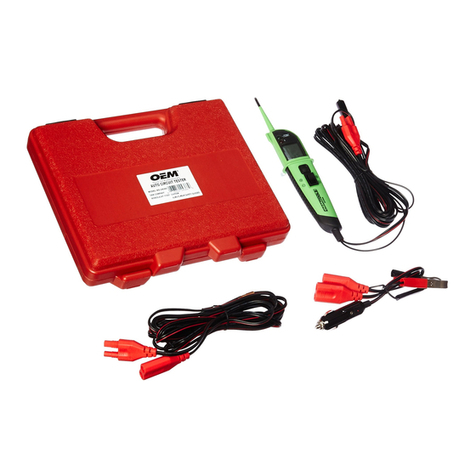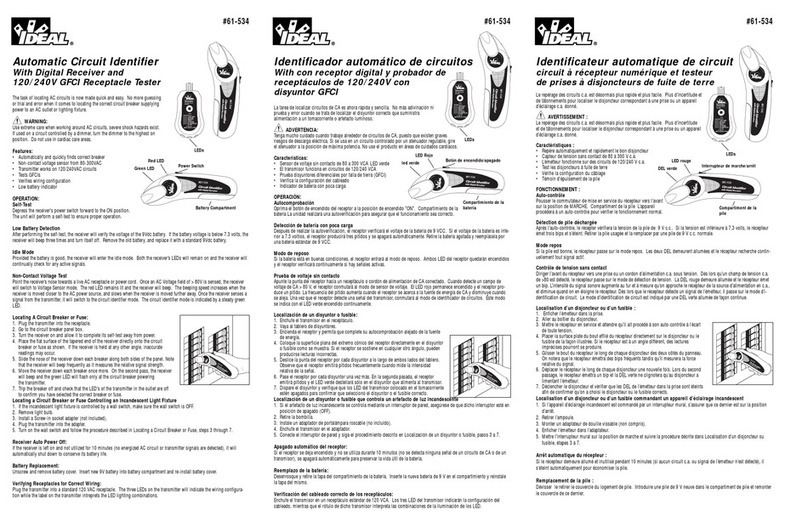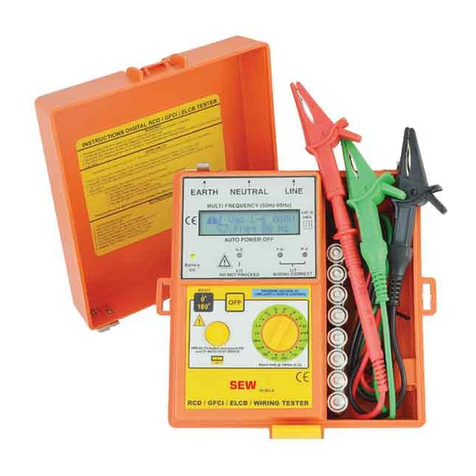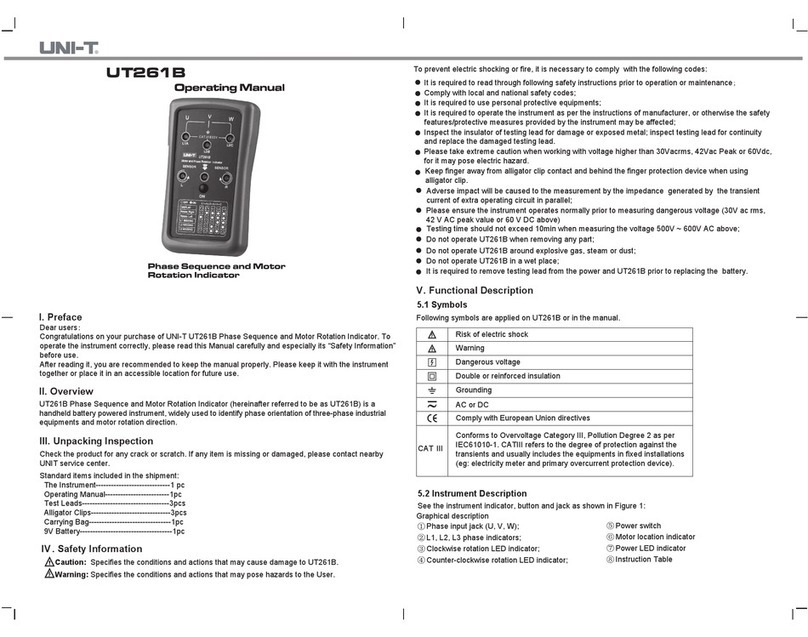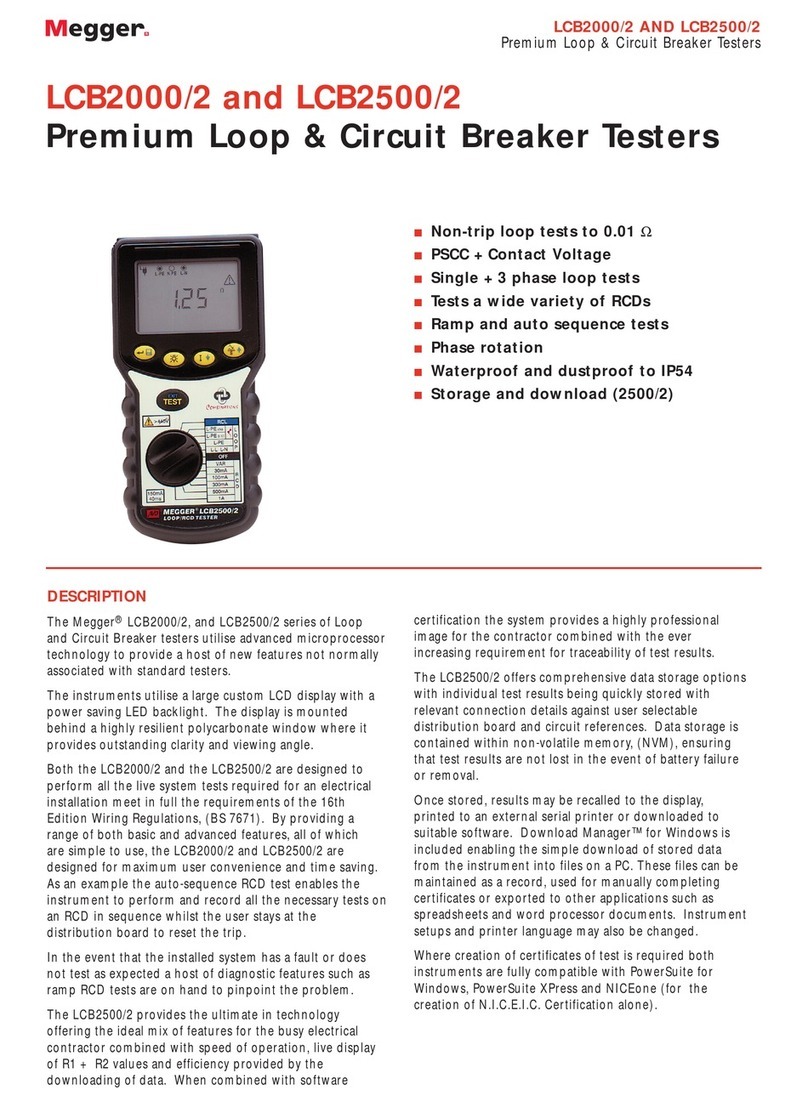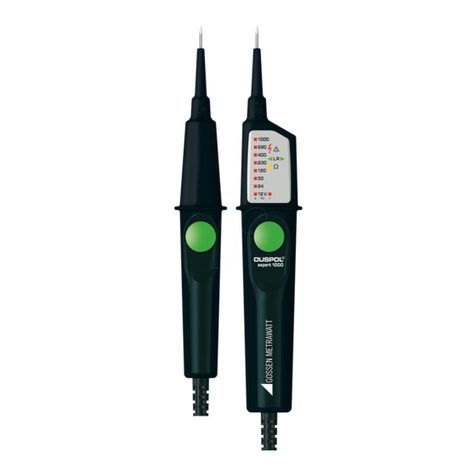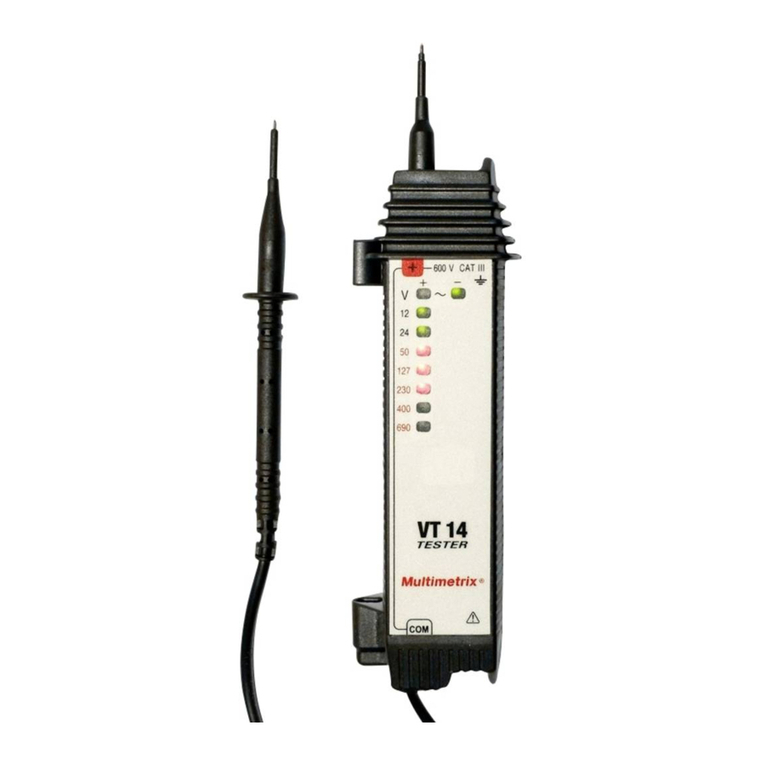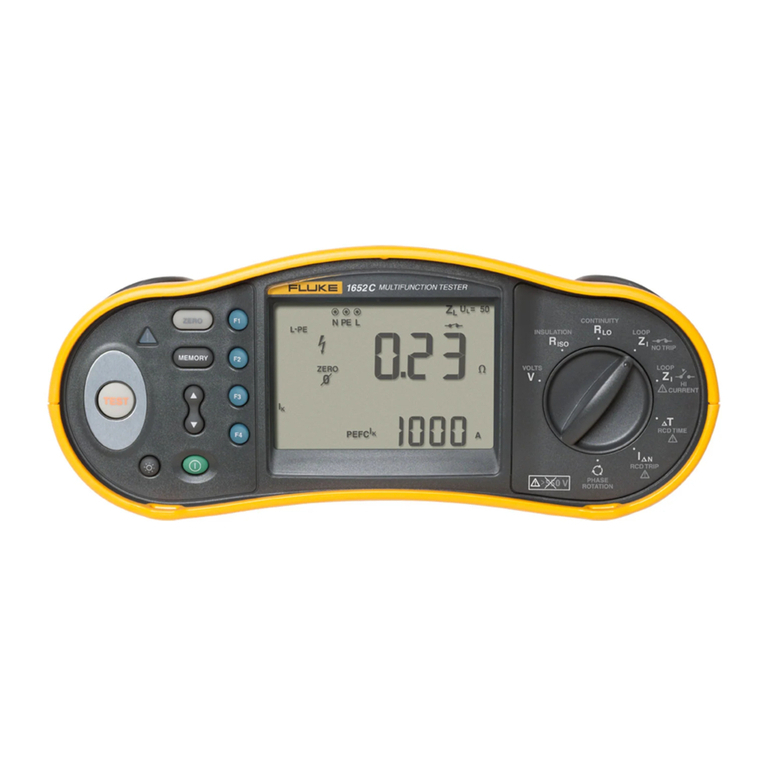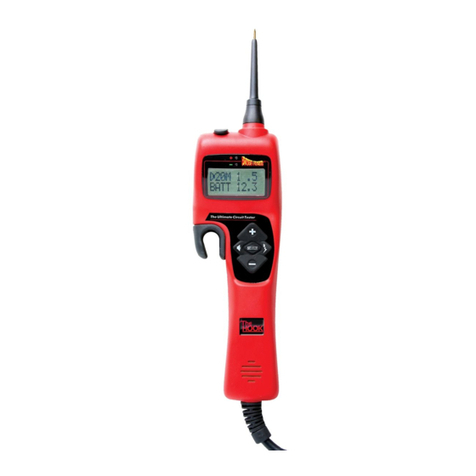
— i — IM 3201–E
Precautions for Safe Use
When operating the instrument, be sure to observe the cautionary notes given below
to ensure correct and safe use of the instrument. If you use the instrument in any way
other than as instructed in this manual, the instrument’s protective measures may be
impaired. YOKOGAWA is by no means liable for any damage resulting from use of the
instrument in contradiction to these cautionary notes.
The following safety symbols are used on the instrument and in this manual:
Danger! Handle with Care.
This symbol indicates that the operator must refer to an explanation in
the User’s Manual in order to avoid risk of injury or death of personnel
or damage to the instrument.
This symbol indicates alternating current (AC).
This symbol indicates direct current (DC).
This symbol indicates a fuse.
This symbol indicates a grounding line.
Indicates a hazard that may result in the loss of life
or serious injury of the user unless the described
instruction is abided by.
Indicates a hazard that may result in an injury to the
user and/or physical damage to the product or other
equipment unless the described instruction is abided
by.
Measurement
· This tester is designed for measurement of light electrical circuits. For safe
use, do not use this instrument for the circuit exceeding 250 V (including
power lines). Such strong electrical circuits may contain a surge voltage,
which is several times stronger than that of circuit voltage, thus creating a
very dangerous situation.
· Do not touch the I/O terminals during the measurement of voltage because a
high voltage may be generated on the measurement leads.
Measurement leads
· Use the lead supplied by Yokogawa for the instrument concerned.
· Do not use a deteriorated or damaged leads.
· Check test the leads continuity.
· Do not attach/detach the lead to/from the instrument prior to releasing the
leads from the measured object.
Protection
·If there are any cracks or other damage in the case because of being
dropped or struck, the instrument may not be safely insulated. Do not use the
instrument before any remedial measures are taken.
Battery/Fuse Replacement
·Prior to detaching the cover for replacing the battery or fuse, release the
measurement leads from the measured object and turn off the switch.
Operating Environment
· Do not operate the instrument in a flammable or explosive atmosphere.
· Do not use the instrument when there is condensation on it.
· Do not operate the instrument with wet hands.
Disassembly
· Disassemblement of the instrument should be conducted only by our service
engineers.
WARNING
WARNING
CAUTION
To avoid the risk of injury to personnel including electrical shock or even fatalities,
carefully observe and follow the warnings listed below.

